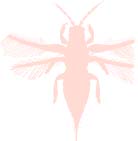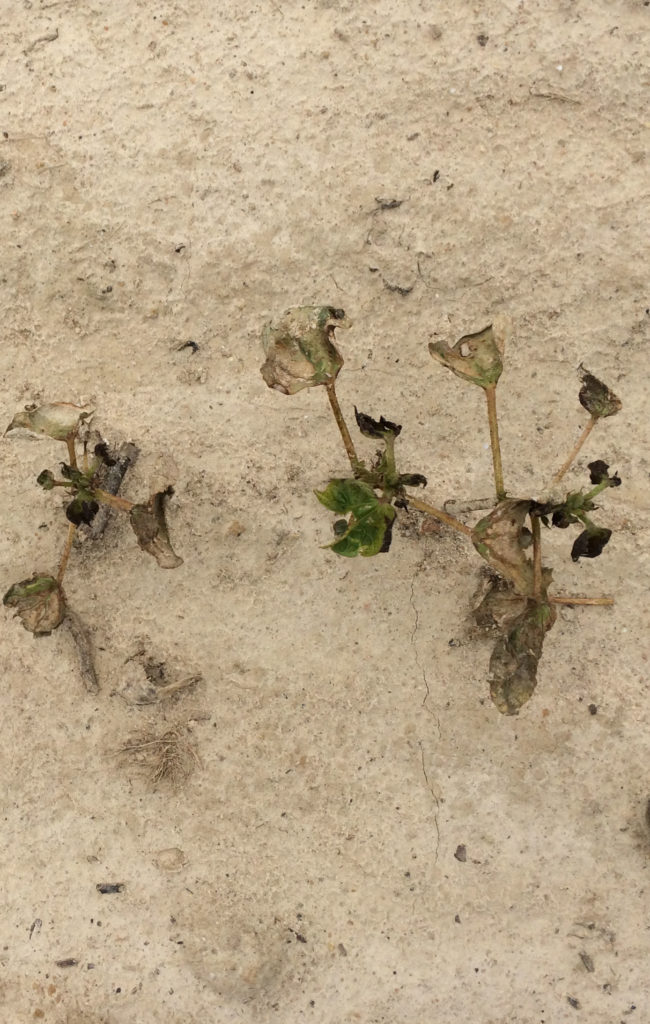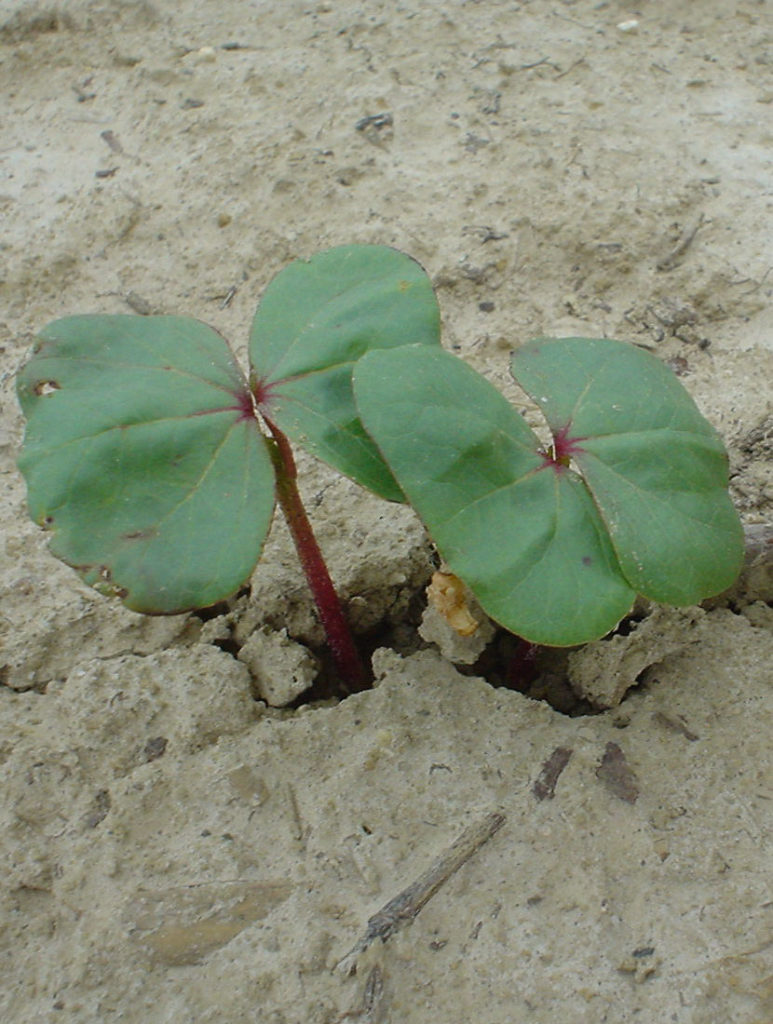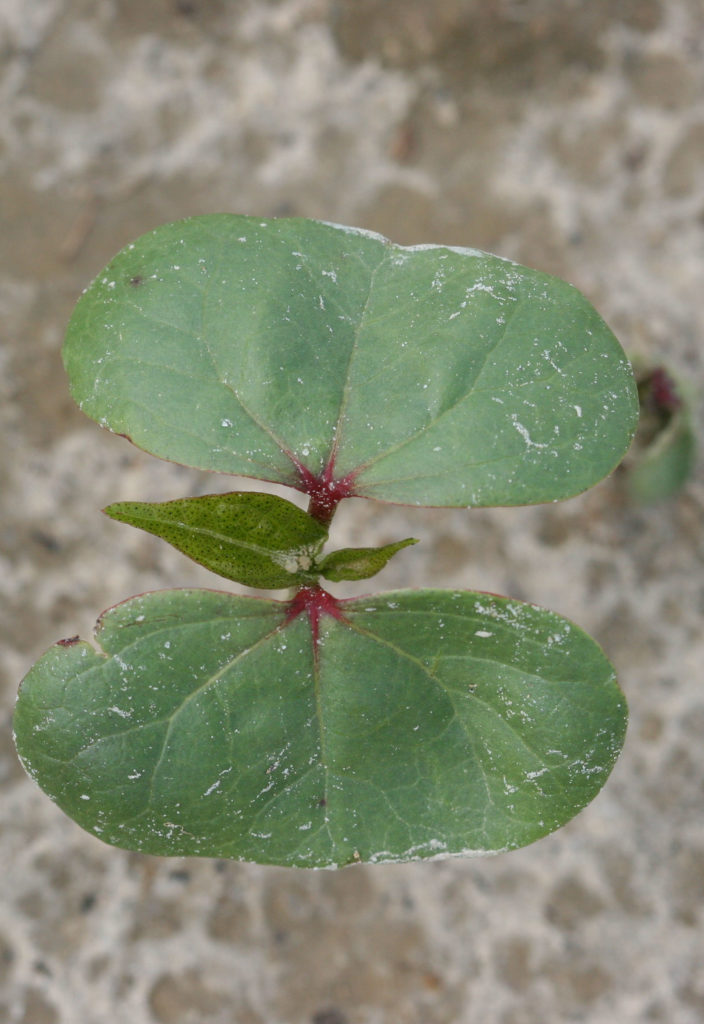Thrips
go.ncsu.edu/readext?646271
en Español / em Português
El inglés es el idioma de control de esta página. En la medida en que haya algún conflicto entre la traducción al inglés y la traducción, el inglés prevalece.
Al hacer clic en el enlace de traducción se activa un servicio de traducción gratuito para convertir la página al español. Al igual que con cualquier traducción por Internet, la conversión no es sensible al contexto y puede que no traduzca el texto en su significado original. NC State Extension no garantiza la exactitud del texto traducido. Por favor, tenga en cuenta que algunas aplicaciones y/o servicios pueden no funcionar como se espera cuando se traducen.
Português
Inglês é o idioma de controle desta página. Na medida que haja algum conflito entre o texto original em Inglês e a tradução, o Inglês prevalece.
Ao clicar no link de tradução, um serviço gratuito de tradução será ativado para converter a página para o Português. Como em qualquer tradução pela internet, a conversão não é sensivel ao contexto e pode não ocorrer a tradução para o significado orginal. O serviço de Extensão da Carolina do Norte (NC State Extension) não garante a exatidão do texto traduzido. Por favor, observe que algumas funções ou serviços podem não funcionar como esperado após a tradução.
English
English is the controlling language of this page. To the extent there is any conflict between the English text and the translation, English controls.
Clicking on the translation link activates a free translation service to convert the page to Spanish. As with any Internet translation, the conversion is not context-sensitive and may not translate the text to its original meaning. NC State Extension does not guarantee the accuracy of the translated text. Please note that some applications and/or services may not function as expected when translated.
Collapse ▲ Thrips are a major cotton pest that invade cotton from crops or weeds that are drying down and can cause moderate to high damage to seedlings if not controlled. These tiny insects can cause stunting, maturity delays, and yield losses. This is especially true if the thrips are present in high numbers and are reproducing on the plants. Thrips are usually more of a problem either under dry conditions when plants take up little of an at-planting insecticide, under cool, wet conditions when thrips feed repeatedly on the same tissue in slow-growing cotton, and under conventional tillage. Furthermore, tobacco thrips, the main species infesting North Carolina cotton, are a problem in some areas because of varying localized levels of resistance to insecticidal seed treatments (neonicotinoids) and in-furrow neonicotinoids applied at planting. Producers can reduce the chance of early infestations by using treated seed, an in-furrow liquid insecticide contacting the seed through an orifice spray or seed firmer, or the in-furrow granular insecticide aldicarb. At recommended rates, this approach is usually effective. However, thrips sometimes require a supplemental foliar insecticide, especially after treated seed alone without an in-furrow insecticide.
Thrips are a major cotton pest that invade cotton from crops or weeds that are drying down and can cause moderate to high damage to seedlings if not controlled. These tiny insects can cause stunting, maturity delays, and yield losses. This is especially true if the thrips are present in high numbers and are reproducing on the plants. Thrips are usually more of a problem either under dry conditions when plants take up little of an at-planting insecticide, under cool, wet conditions when thrips feed repeatedly on the same tissue in slow-growing cotton, and under conventional tillage. Furthermore, tobacco thrips, the main species infesting North Carolina cotton, are a problem in some areas because of varying localized levels of resistance to insecticidal seed treatments (neonicotinoids) and in-furrow neonicotinoids applied at planting. Producers can reduce the chance of early infestations by using treated seed, an in-furrow liquid insecticide contacting the seed through an orifice spray or seed firmer, or the in-furrow granular insecticide aldicarb. At recommended rates, this approach is usually effective. However, thrips sometimes require a supplemental foliar insecticide, especially after treated seed alone without an in-furrow insecticide.
 Under conditions of high thrips migration into cotton, thrips can sometimes damage cotton seedlings within a week after emergence. To determine the need for a post seedling emergence foliar spray, the initial thrips and seedling damage check should coincide with a stand count and weed survey just after stand emergence and at the emergence of the first true leaf. A minimum of weekly leaf and bud examinations for damage and live immature thrips should be conducted until most cotton plants have reached the thrips-safe 5 true leaf stage. Sprays should be prioritized for fields that are most highly at risk. An online calculator has been developed and validated from years of southeastern U.S. data. This calculator uses weather information from specific geographical areas to predict when thrips will be dispersing into cotton and how susceptible cotton seedlings will be to thrips injury. Hence, growers can use this tool to predict where cotton is most at risk on their farms, directing scouting and management efforts toward these areas.
Under conditions of high thrips migration into cotton, thrips can sometimes damage cotton seedlings within a week after emergence. To determine the need for a post seedling emergence foliar spray, the initial thrips and seedling damage check should coincide with a stand count and weed survey just after stand emergence and at the emergence of the first true leaf. A minimum of weekly leaf and bud examinations for damage and live immature thrips should be conducted until most cotton plants have reached the thrips-safe 5 true leaf stage. Sprays should be prioritized for fields that are most highly at risk. An online calculator has been developed and validated from years of southeastern U.S. data. This calculator uses weather information from specific geographical areas to predict when thrips will be dispersing into cotton and how susceptible cotton seedlings will be to thrips injury. Hence, growers can use this tool to predict where cotton is most at risk on their farms, directing scouting and management efforts toward these areas.
 When scouting for thrips, examine the terminals (including the expanded cotyledons and 1st true leaf at the initial check) of at least 25 individual plants throughout the field. Carefully examine this area for 1) crinkled or “possum-eared” leaves, 2) gnarled, darkened bud tissue, and 3) small silvery areas in the expanding leaf tissue. Pay particular attention to the expanded cotyledon up to the first or second true leaf stage, when cotton plants are most vulnerable to thrips injury.
When scouting for thrips, examine the terminals (including the expanded cotyledons and 1st true leaf at the initial check) of at least 25 individual plants throughout the field. Carefully examine this area for 1) crinkled or “possum-eared” leaves, 2) gnarled, darkened bud tissue, and 3) small silvery areas in the expanding leaf tissue. Pay particular attention to the expanded cotyledon up to the first or second true leaf stage, when cotton plants are most vulnerable to thrips injury.
 Older damaged leaves remain crinkled and thus reveal little, if any, recent information. If thrips injury is found, inspect a portion of these seedlings for live thrips. Note that some types of herbicides can create injury that mimics thrips injury. Therefore it is critical to scout for live insects. A sample of at least 10 plants selected randomly from throughout the field is suggested for finding live thrips, focusing on the injured areas. Both adult larger, with stalk-like hairy wings, and sometimes varied in color) and tiny, immature thrips (pale yellow) may be present, with more adults than immatures earlier in the season. Immature thrips should be present before treating with a foliar insecticide. Magnification may be required to detect the very small immature thrips. A 10X to 20X hand lens is ideal for this inspection.
Older damaged leaves remain crinkled and thus reveal little, if any, recent information. If thrips injury is found, inspect a portion of these seedlings for live thrips. Note that some types of herbicides can create injury that mimics thrips injury. Therefore it is critical to scout for live insects. A sample of at least 10 plants selected randomly from throughout the field is suggested for finding live thrips, focusing on the injured areas. Both adult larger, with stalk-like hairy wings, and sometimes varied in color) and tiny, immature thrips (pale yellow) may be present, with more adults than immatures earlier in the season. Immature thrips should be present before treating with a foliar insecticide. Magnification may be required to detect the very small immature thrips. A 10X to 20X hand lens is ideal for this inspection.
 Alternatively, several cotton seedlings may be carefully picked or cut off at the base with a sharp knife and firmly beaten against a flat light or dark object, such as a large index card. Then count immature thrips. A treatment “threshold” of approximately 25 percent or more of the plants showing significant injury and an average of 2 or more immature thrips per plant is suggested at the cotyledon to first true leaf stage. Although often needed, particularly following seed treatments, foliar sprays should be used with caution, as these treatments can increase levels of cotton aphids and spider mites.
Alternatively, several cotton seedlings may be carefully picked or cut off at the base with a sharp knife and firmly beaten against a flat light or dark object, such as a large index card. Then count immature thrips. A treatment “threshold” of approximately 25 percent or more of the plants showing significant injury and an average of 2 or more immature thrips per plant is suggested at the cotyledon to first true leaf stage. Although often needed, particularly following seed treatments, foliar sprays should be used with caution, as these treatments can increase levels of cotton aphids and spider mites.
Thrips Thresholds
Cotyledon to the 4 true leaf stage:
- An average of 2 immature thrips per plant.
- Alternatively, an average of 1 immature thrips per plant for each true leaf.
(Timing of thrips applications, especially following seed treatments, is often best targeted to the 1st true leaf stage).


